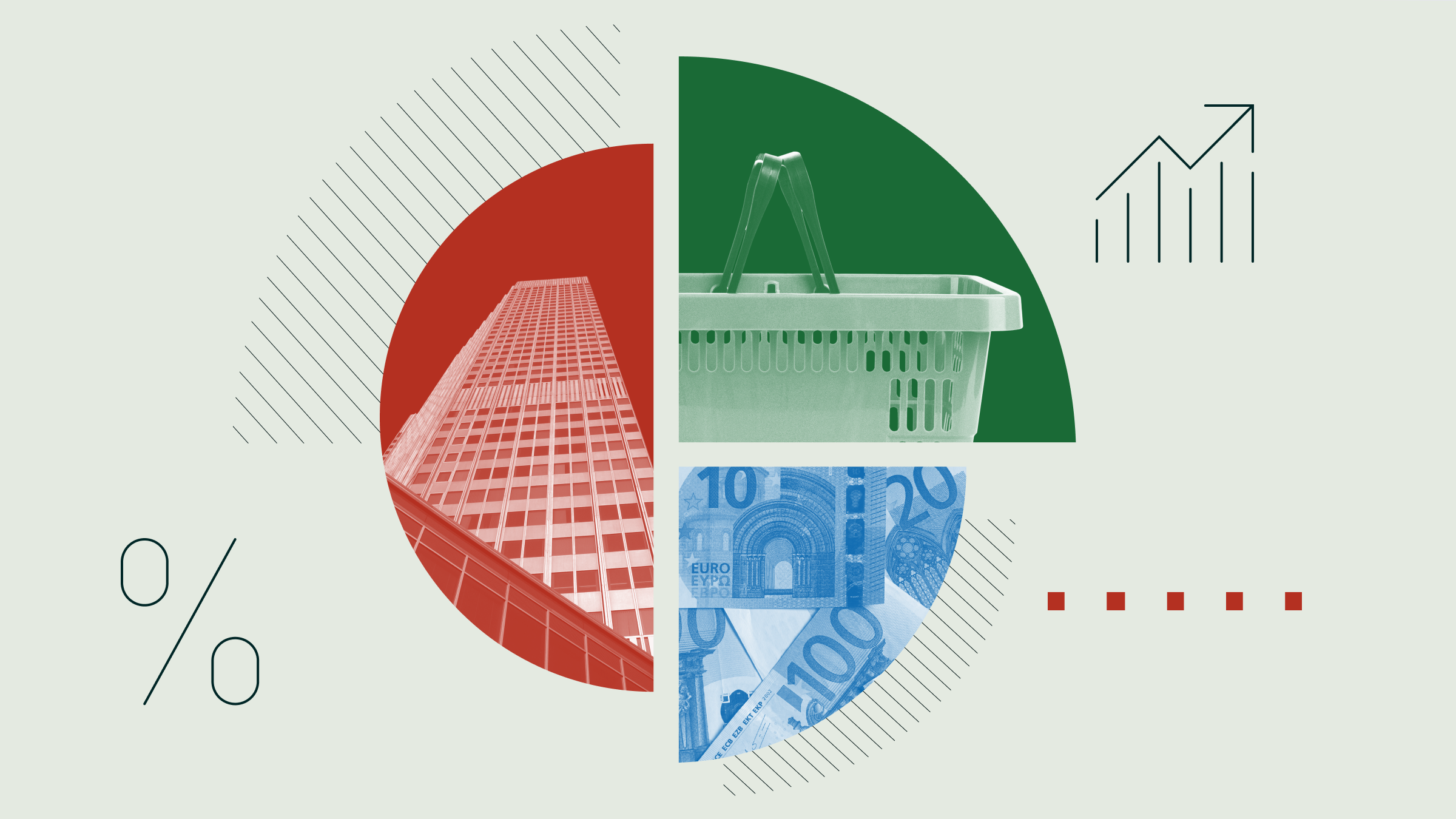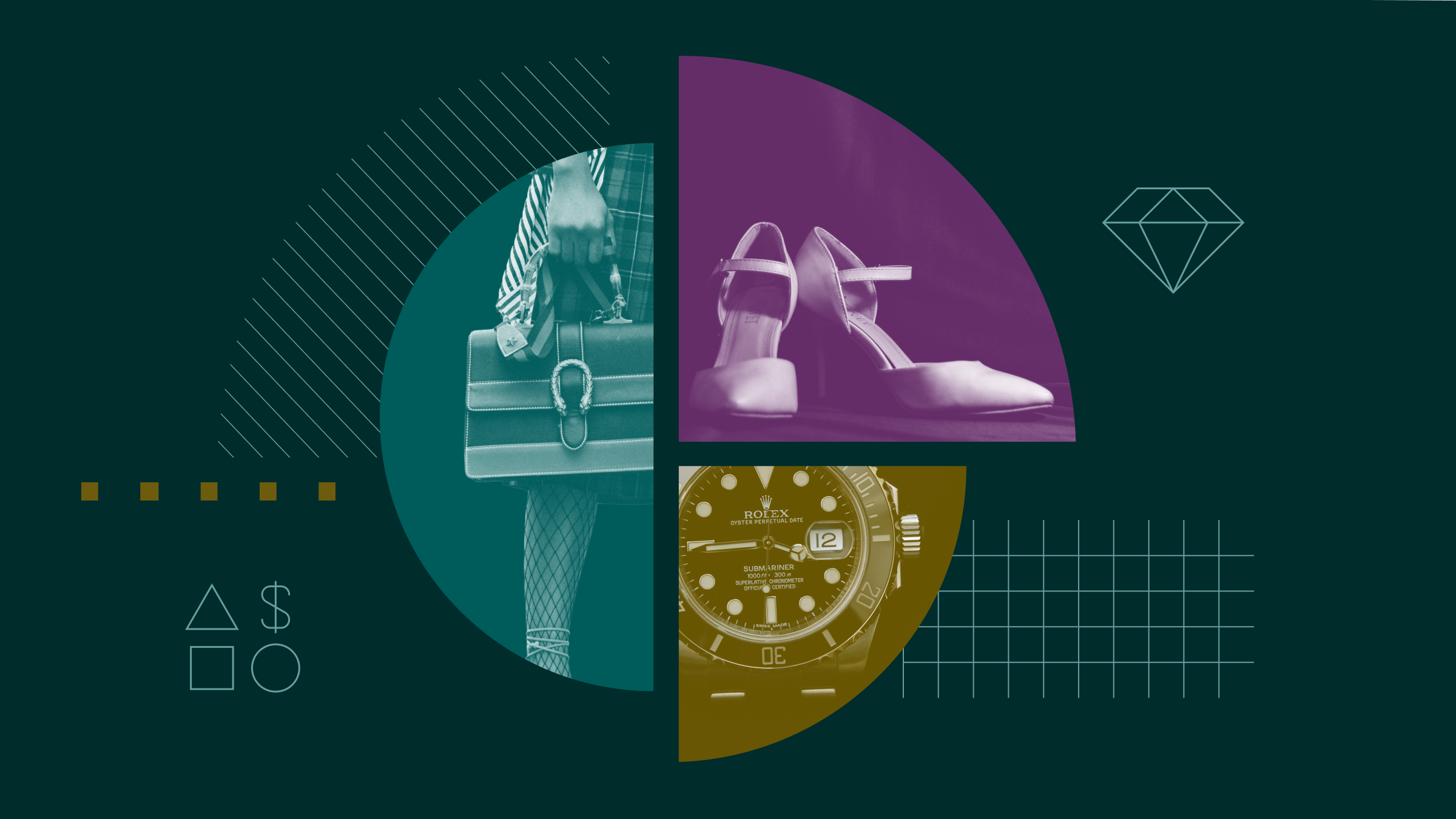A Brief History
Morningstar has long given out awards in various markets to recognise those funds and managers who have served investors well. Notably, this does not involve a simple ranking over a year--all too often, the winners in a given year have taken outsized risks to get there, making their performance less than sustainable. Indeed, funds must have at least five years of history to even be elig
ible for an award, and it takes more than strong returns to merit consideration.
Compare Apples to Apples: Use the Right Fund Benchmark
We will be giving out two types of awards for 2010: Our "Category Awards" identify funds that have done well versus their Morningstar peer groups, and our "Fund House Awards" recognise those fund houses with the strongest line-ups. We'll cover the Fund House Awards further below, but we'll start by explaining the methodology for the Category Awards.
The key to judging any fund is to use the right peer group. We use our own Morningstar categories as the basis for all of comparative analytics. They include domiciled Finnish funds, as well as offshore funds , and are drawn specifically to compare like with like as much as possible. In some cases, we'll aggregate categories to obtain a result, but the underlying analysis will always be based on the narrower categories. Funds will be judged relative to those narrower groups, but only one award will be handed out; it will go to that fund deemed to be the best out of all three categories.
Focus on the Long Term
Funds aren't designed for the short-term. They come with costly initial charges and are not well suited to handle short-term trading. Our research has also shown that investors who try to time the market by trading funds generally cost themselves significant performance. Moreover, you just can't tell much from a fund's short-term record: You need to see how it behaves across different market environments to understand if a great year or two might be repeatable, or if they were just the result of a lucky gamble paying off for the manager.
To make sure our methodology doesn’t give too much credit for the short-term, we've created a system that examines fund returns over the past one, three, and five years. Funds are scored by their total return percentile ranks in their Morningstar categories over each period, with 30% of the total score on the one-year period, 20% on the three-year period, and 30% on the five-year period, for a total of 80% allocated to returns.
Risk Adjust Fund Performance
The remaining 20% of a fund's score is allocated to risk adjustment. It's not enough for a fund to have delivered strong returns. After all, the evidence shows that investors make a hash of using volatile funds--they tend to buy near peaks and sell at troughs. And no one likes watching the value of their fund drop by a huge amount.
To adjust for risk, we've used the percentile ranks of a fund's Morningstar Risk score within its Morningstar category. In keeping with our long-term approach, 12% of each fund's total score is based on its three-year Morningstar Risk rank, and 8% is based on its five-year Morningstar Risk rank. We used Morningstar Risk because of its ability to capture investor preferences well. Whereas more typical risk measures such as standard deviation penalise upside and downside variations in returns equally, Morningstar Risk uses the academic concept of utility theory to ensure that funds are penalised more for downside variation. The goal is simple: Investors fear most the risk of loss, so the score should reflect that real-world concern.
As a final check, to be eligible for an award, a fund must have finished in the top half of its Morningstar category in at least three of the last five calendar years, although Morningstar's qualitative analysts can over-ride this if they believe a fund has exceptional merit that the criteria fails to capture. The idea is to ensure that one or two massively good years and three or four subpar ones aren't enough to merit an award. Consistency, then, is the key.
Qualitative Checks
We know that no quantitative system can capture everything that matters. That's why we have always said our quantitative Star Rating is a starting point for fund selection, but is not intended as a buy or sell signal unto itself. In the past two years, we have built a team of over 30 qualitative fund analysts across Europe and Asia, with the largest unit in the UK. This group goes out and interviews portfolio managers and key fund house executives around the world and uses this in conjunction with an evaluation of holdings and performance data to assign a Morningstar Qualitative Rating and write an in-depth report on each fund they cover. It's their task to go beyond the numbers and ascertain what makes a fund tick, and whether or not they think it's capable of delivering sustainable outperformance in the future.
In keeping with that belief, we've added a series of qualitative checks to the awards process. For example, if our fund analysts believe that a fund's fundamental risks are just too high for performance to be sustainable, or if we think changes to the management team or structure of the fund could negatively impact future results, we won't give that fund an award. The awards need to reflect the in-depth knowledge that our analysts have.
Fund Group Awards
The fund group awards follow very much the same principles as the category awards, but because we wanted to place even more emphasis on the long-term strength of the organisation, we have opted to base the awards on the average percentile rank of a fund house's Morningstar Risk-Adjusted Return (MRAR) across their line-up of funds available to Finnish investors. MRAR is the basis for the Morningstar Rating and uses the Morningstar Risk measure to adjust for risk. Qualitative checks also apply to the group awards. For example, if a group has suffered a string of key manager departures that we believe will make it difficult for them to sustain a high level of performance for investors, we may remove the firm from consideration. Finally, we employ a statistical factor to adjust results--the factor accounts for the fact that it's easier to achieve a higher average rank across a small number of funds than it is across a large number of funds and levels the playing field accordingly.
















